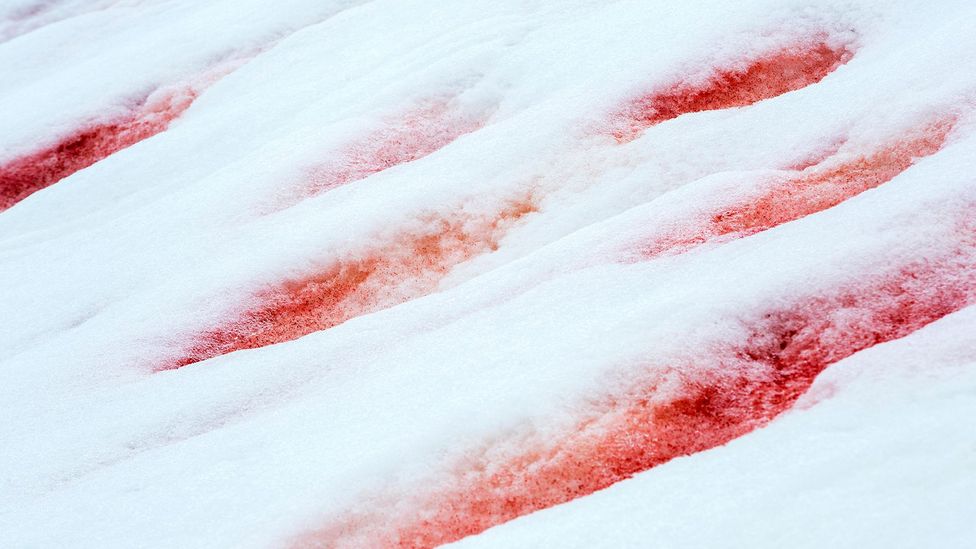Seeing Red: The Science and Impact of Watermelon Snow

Red snow, also known as watermelon snow, is a natural phenomenon that occurs in certain regions of the world, including the Arctic and the Alps. It gets its name from its distinctive color, which is caused by the presence of pigmented algae in the snow.
While red snow may seem like a harmless and even beautiful natural occurrence, the science behind it is actually quite complex and in some cases, alarming. Here are some key facts to consider:
- Red snow is caused by the presence of pigmented algae in the snow. The algae produce a red pigment called astaxanthin, which protects them from the harmful effects of ultraviolet radiation.
- The presence of red snow can have significant ecological impacts. When the snow melts, the algae are released into the surrounding environment, where they can have an effect on other organisms in the ecosystem.
- Red snow can also contribute to climate change. The presence of pigmented algae on snow can cause it to absorb more sunlight, which can in turn cause the snow to melt faster. This can have a ripple effect on the environment, as melting snow can contribute to rising sea levels and other changes in the ecosystem.
- Scientists are still studying the full impact of red snow on the environment. Some research has suggested that the algae could be a source of nutrients for other organisms in the ecosystem, while other studies have shown that the algae can have harmful effects on other organisms.
- There is also concern about the spread of red snow. As climate change causes temperatures to rise, the conditions that allow for the growth of pigmented algae could become more widespread. This could have significant implications for the environment and for human populations that rely on the ecosystem for resources.
In summary, while red snow may seem like a beautiful and harmless natural occurrence, it is actually a complex and potentially alarming phenomenon with significant ecological and climate impacts. As scientists continue to study the impact of red snow, it is important for us to consider the role we play in contributing to climate change and the potential consequences of our actions on the environment.








